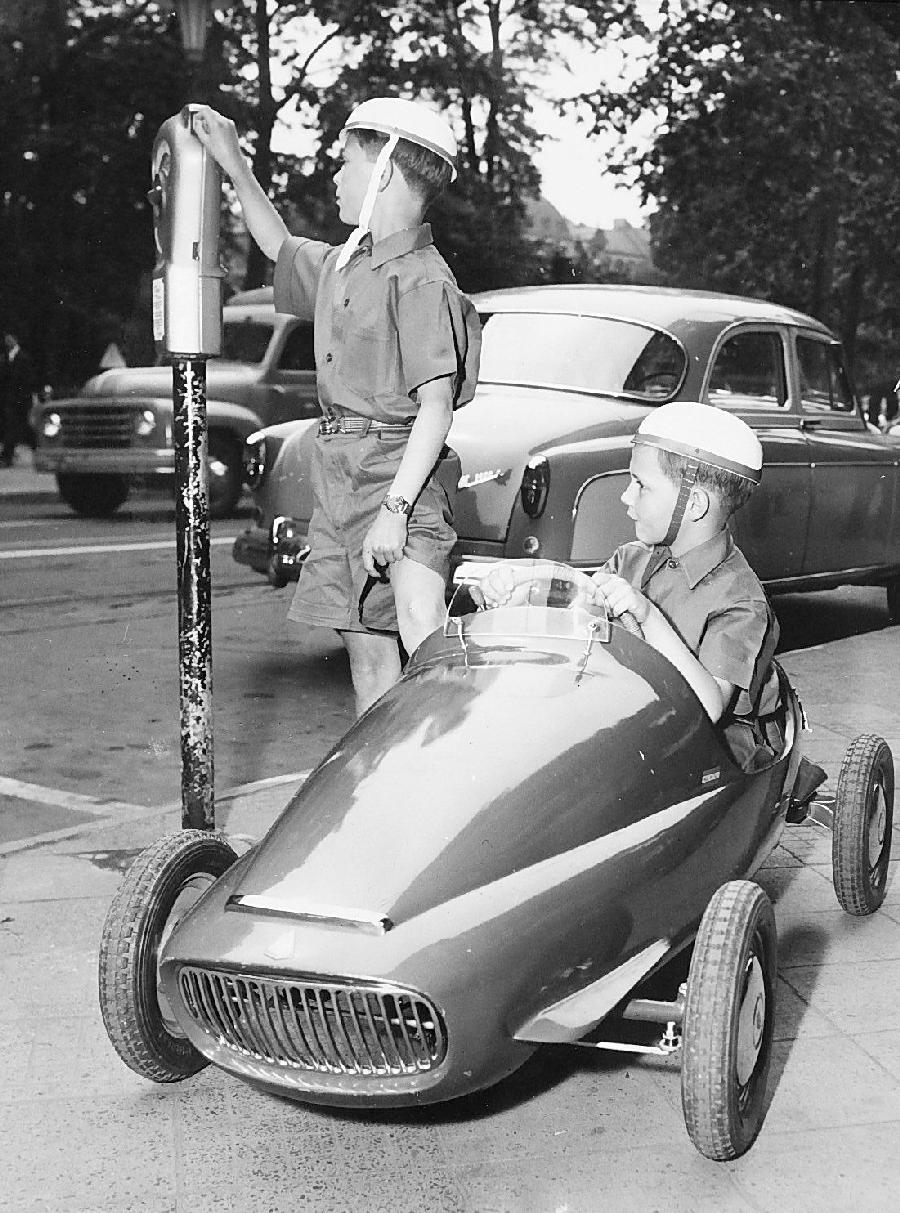
German Economic History: Cold War (1945-91)
|
After World War II, many economists, viewing German cities turned into mounds of rubble, believed that it would take a generation For Germany to recover from the War. In the aftermath of World War II, the future of Germany and Europe itself was at issue. Stalin assumed that as after World War I, that the Americans would leave Europe. President Roosevelt who did mnot fully understand Stalin's ambitions and capabilities and capabilities told him as much at Yalta. But even after the Americans decided to remain, Stalin and other European Communists were sure that the inherent superiority of socialist economics would enable them to overcome the cpitalist West. The choice was between the Soviet totalitarian, Marrxist model and the American democratic capitalist model. The problem was that it was socialism proved to have inherent weaknesses. The issue was decided by the free market policies adopted by German politicans and American occupation authorities. Soviet authorities as well as Socialist politicans and labor unions in the West opposed the reforms which were designed to create a strong Deutch Mark. The currency reforms for Soviet officiasls was the final straw leading to a formal break in any effort to cooperate in the occupation of Germany. The result was the German Economic Miracle (1950s). The economic failure of Communist East Germany was in stark contrast to the success of capitalusm in the west. East German Cpomunists could not explain their moribond economy. They could not brin themselves to question Communism. The leadership dciuded that a Wall would solve their problems or a t least make it impossible foe workers to cjose the West and capitalism. This was largely ignored in the developing world with tragic consequences, but it played a major role in Europe which from the beginning was the key basttle ground of the Cold War.
CIH -- Cold War
Navigate the CIH Cold War Section:
[Return to the Main German economic history page]
[Return to the Main German economy page]
[Return to the Main German page]
[Return to the Main country economics page]
[Return to the Main German Cold War page]
[About Us]
[Assessment]
[Biogrphies]
[Countries]
[Communism]
[Culture]
[Decolonization]
[Economics]
[Famines]
[Fashion]
[Freedom]
[Hot wars]
[Human rights]
[Inteligence]
[Mass killing]
[Military]
[Pacifism]
[Phases]
[Science]
[Totalitarianism]
[Weaponry]
[Bibliographies]
[Contributions]
[FAQs]
[Images]
[Links]
[Registration]
[Tools]
[Return to the Cold war Home page]
[Return to the 20th century wars and crises]
Created: 2:02 AM 11/12/2018
Last updated: 2:02 AM 11/12/2018


